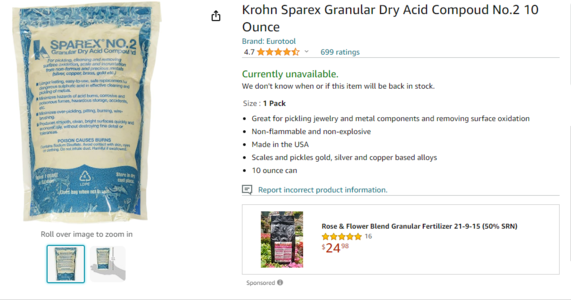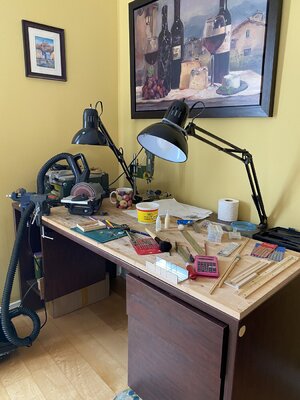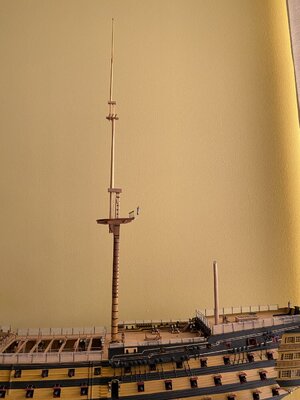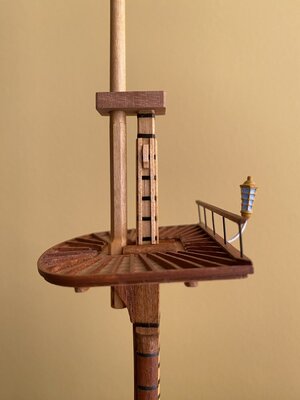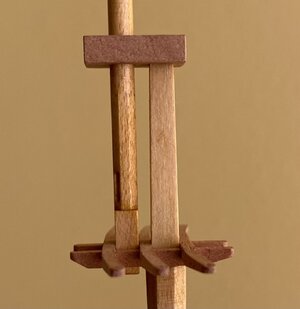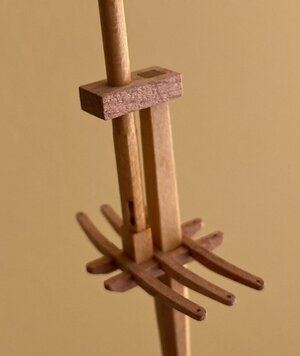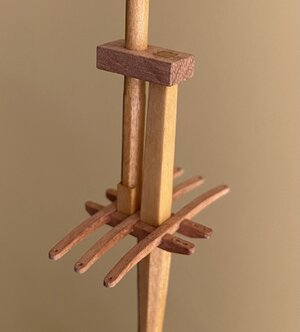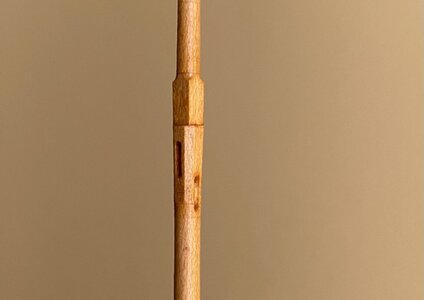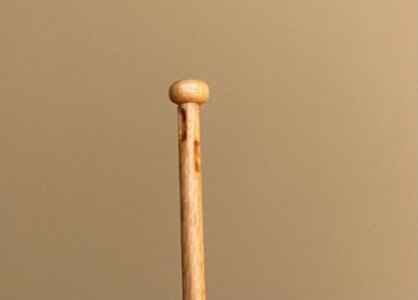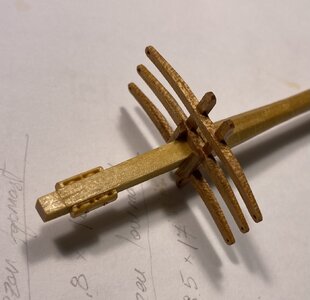- Joined
- Jun 17, 2021
- Messages
- 1,648
- Points
- 488

I'm glad the shellac treatment worked for you. Love the finish on the mast and contrast between the parts on the mast and the top. Love the lantern. This is going to be the last word on Victory models! Actually, probably already is.
This is going to be the last word on Victory models! Actually, probably already is.





Great slide show!
Pete
 This is going to be the last word on Victory models! Actually, probably already is.
This is going to be the last word on Victory models! Actually, probably already is.





Great slide show!
Pete



